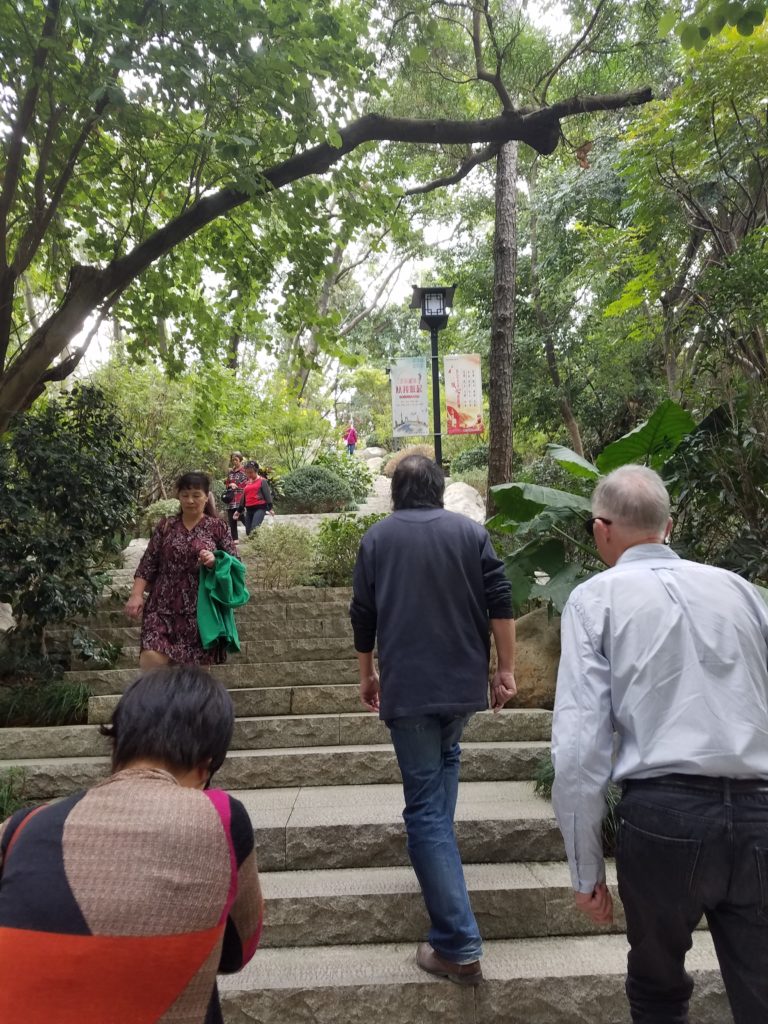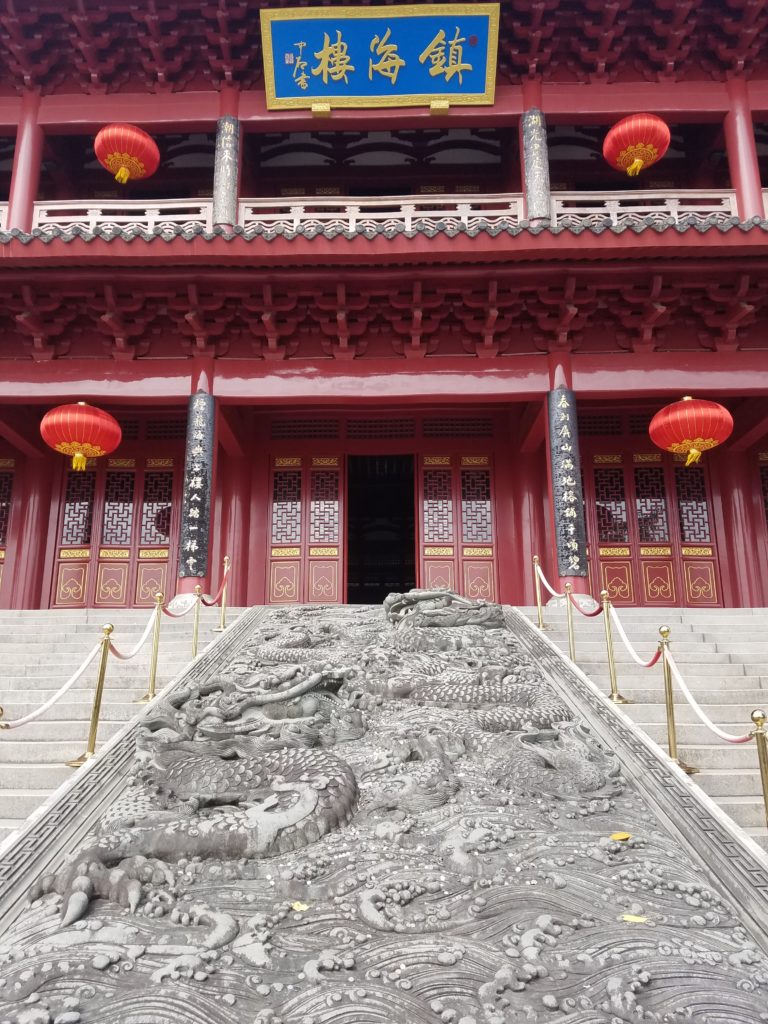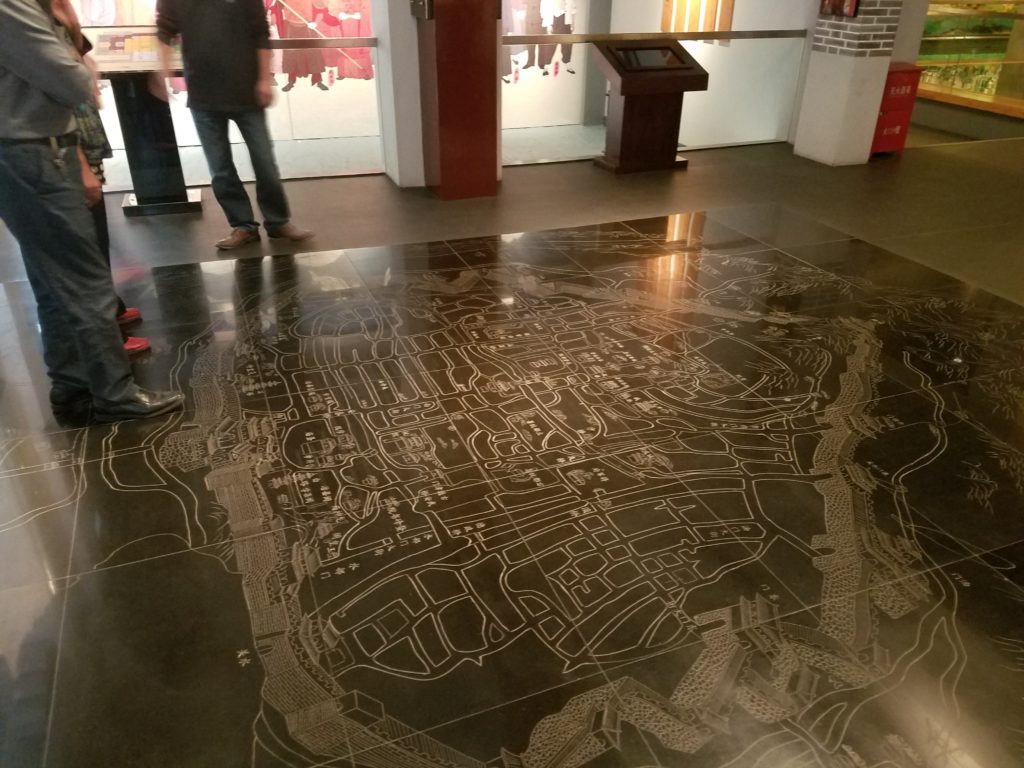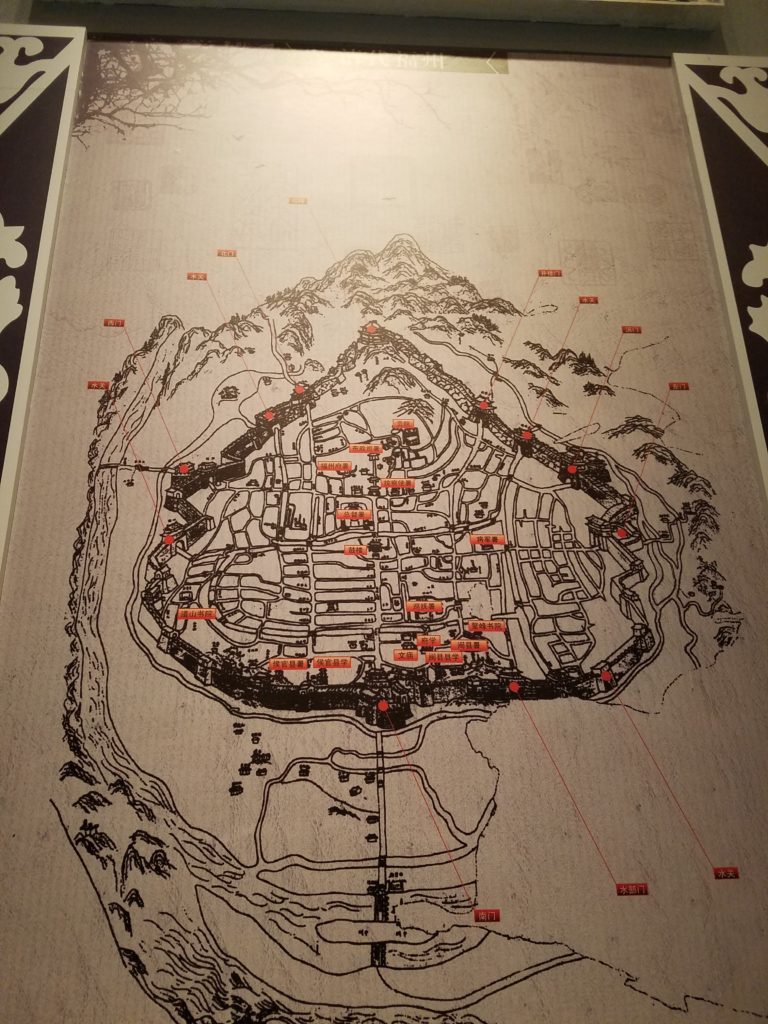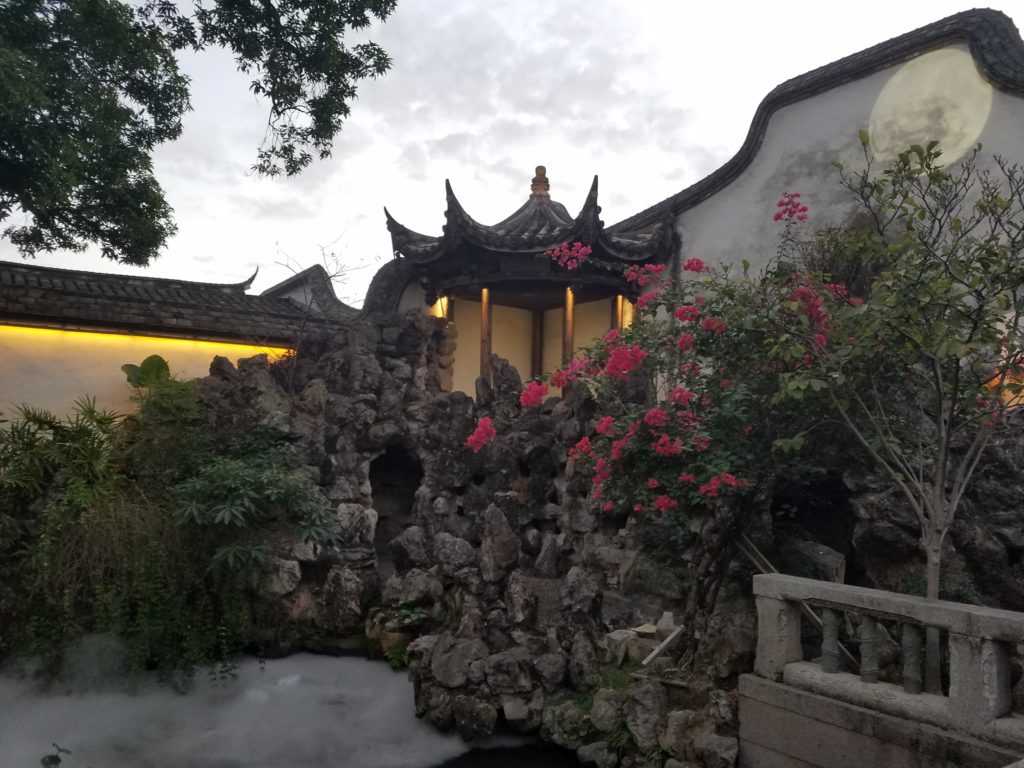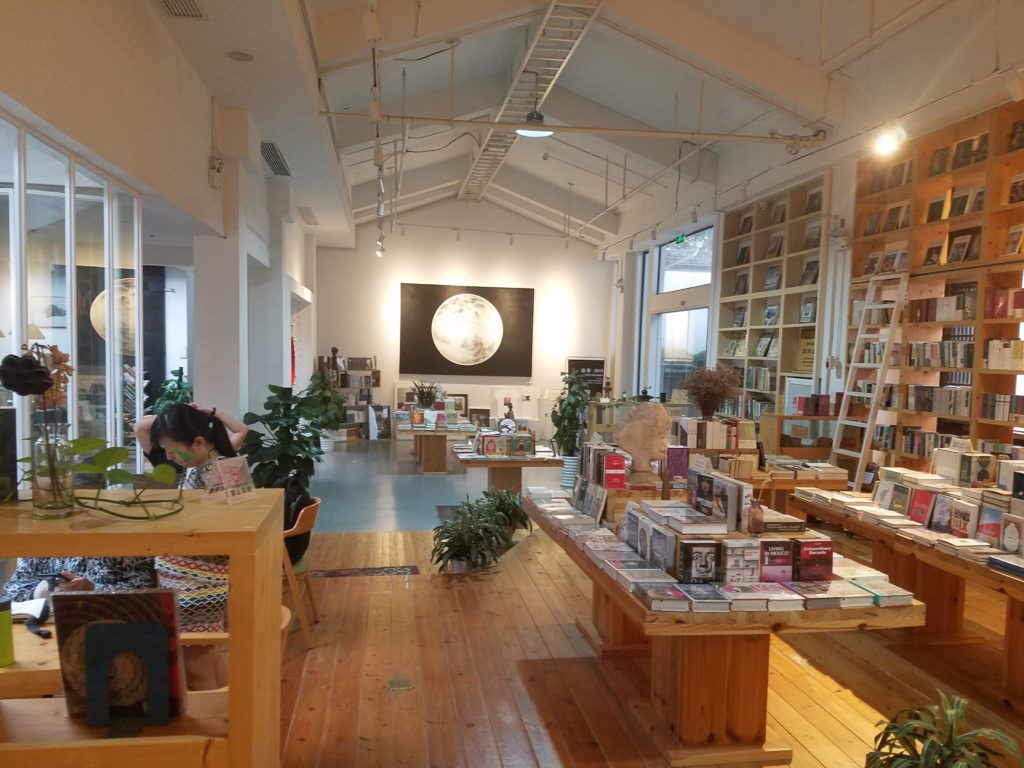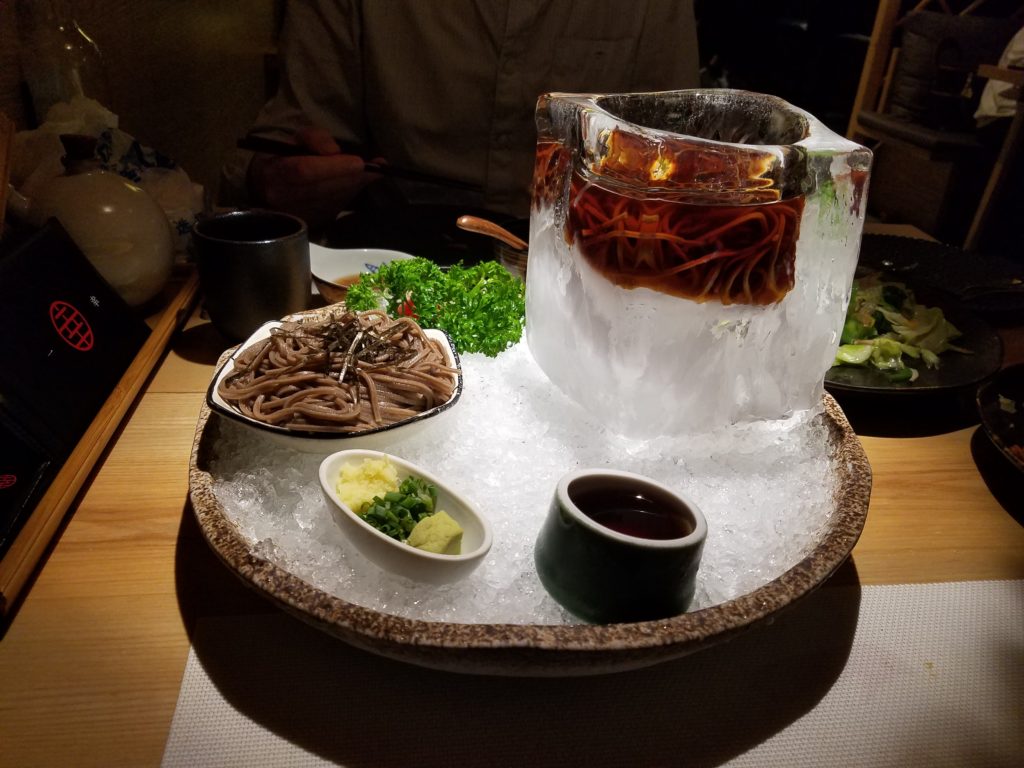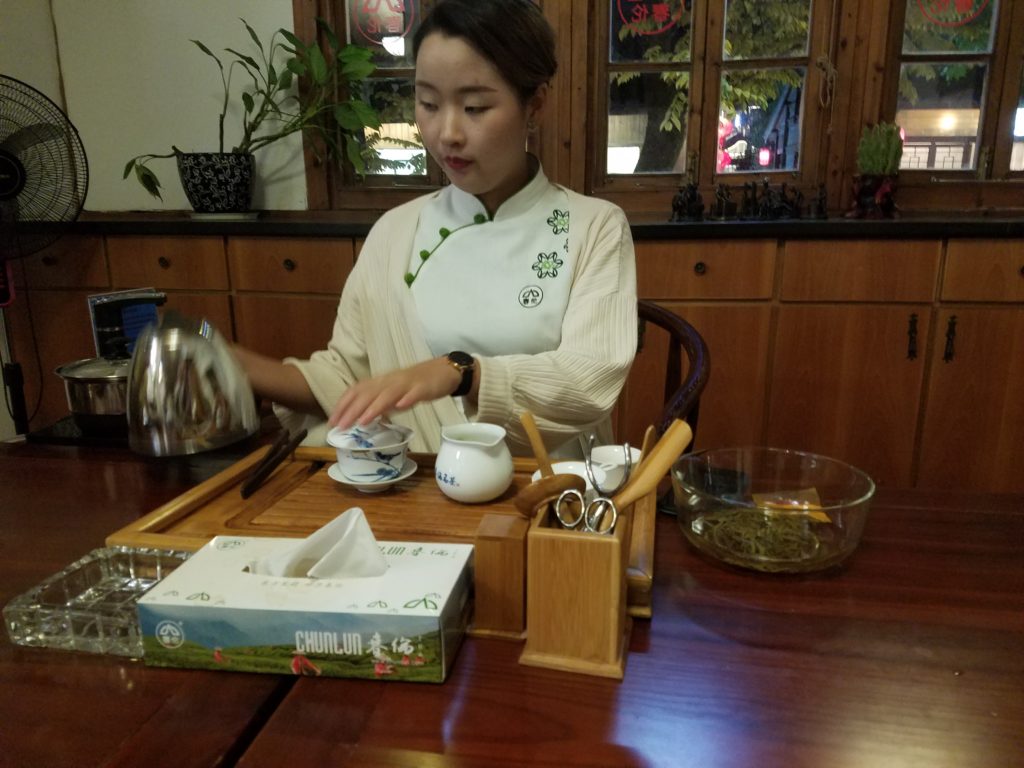I had to ship things to the US today, and so—after exhausting all online avenues to find out how much it would cost to a 2 kilogram box to the US—I ended up going to the post office (spoiler: there were three options ranging from $20 to $60—I chose the middle option, which cost $30).
Upon arriving at the post office, the employee asked for my Chinese ID card. Being a foreigner, I don’t have one. But she said that a passport would suffice, so I went to retrieve my passport.
Upon arriving with my passport, she handed me a shipment form with a template on how to send packages to the US. Coincidentally, the mock address was Portland, Oregon, USA.
Fortunately, I hadn’t sealed the box yet. After filling out my shipment form, the employee dumped the contents of my box out to inspect my parcels one by one, undoing all of my bubble wrap and foam packaging before exclaiming, “Aha! There’s tea in here.”
“Yes. I know,” I replied nonchalantly. “I declared it on the form.”
She ignored me and proceeded to repackage everything, except without much care or effort. When the arranged boxes didn’t fit (because she didn’t care to put them in the way they came), she resorted to shoving them down, as if the wood would somehow compress like a folded t-shirt.
“Excuse me,” I interjected. “The boxes are flipped so they won’t fit. If you’ll just let me do it—”
“No, if you touch this box, I will have to reinspect it again,” she declared.
“But—the lid on that one isn’t even on all the way. That’s why it’s not balanced.”
“No, it’s on.”
She taped the box shut. Alas, I hope my bubble wrap will protect its contents.
Then came the questioning, “How’d you get a US passport? You don’t look American.”
“I’m an American citizen,” I replied.
“Like, you have a green-card?” she prodded.
I didn’t think this line of questioning was necessary or even appropriate.
“No… I’m a natural-born citizen,” I answered.
“Oh, so your parents immigrated,” she assumed. “Must have been rich.”
They were actually dirt-poor, and my dad was a refugee, but she didn’t need to know that.
“So what do they do?” she asked. “What line of business?”
“My dad’s retired,” I answered, which probably sounded better than “my dad used to work for a grocery store before it closed and my mom washes dishes at the juvenile detention center.”
“Ah, so your brother’s handling the business.”
“I’m an only child.”
“Interesting…” she paused for a moment. “Your family must have some serious sources of passive income.”
I mean, if you count social security as passive income, my dad’s rolling in the dough with his monthly check in the mail.
“Can you tell me how much my shipment will cost?”
She ignored my question, “You don’t look American at all.”
I sighed in exasperation. The bell rang. I had been standing in the post office for an hour, half of which had been spent answering overly-personal questions.
“So, can you tell me how I can get a US visa cheaply and quickly?”
“Dunno. I’ve never had to apply for one.”
“How much money does it take to buy a green card?”
“Dunno. I’ve never had to buy one.” (I also don’t think that’s how the green card process works…)
She suddenly changed the topic, “I don’t think you’re American. You speak Mandarin too fluently to be American.”
“Foreign language classes exist.”
“Yeah, but look at all the people learning English here. They don’t sound like Americans no matter how long they learn the language. But you! You sound like you’re from Guangdong or something.”
She was close. My ancestors were from Guangdong, and I have to admit that my Mandarin does feature a distinct Cantonese-Teochew accent.
“So, the package?” I asked again.
“Can you stamp these for me?” she pulled out a stack of postcards and handed me a sheet of stamps.
I started processing them as she finally began typing in the details for my shipment. As I stamped them, I realized how bizarre this whole situation was. Why was I suddenly doing her job? Not that I minded, but still, it felt really weird.
“I don’t know how to type lower-case letters on here,” she told me.
“All caps is fine,” I replied. (Aren’t lower-case letters the default?) I glanced at her keyboard. She definitely had her caps lock on.
“Do you want this to be shipped via air, sea, or a mid-option?” she asked.
“How much do they each cost?”
“Uhhhhh. Not sure,” she replied.
“Can you give me the cost first so that I can make an educated decision?”
“Hang on a moment.”
A few more minutes passed.
“It’ll be $60 by air, but that’s quickest—it’ll get there maybe in a week or so? And then it’ll be $20 by sea, but there’s no telling when it’ll get there. And then there’s the middle option for $30, which will get there within the month.”
“Let’s do the middle option. Can you also get me a tracking number?”
She typed a few notes into her computer and gave me a slip with the tracking number.
“So… why do people choose to study abroad in the US? Isn’t it expensive?”
“Yup,” I replied. “Very expensive. Student debt is terrible.”
“You’re making a good decision to study in China. I’m sure it’s cheaper. We should charge you foreigners more.”
Most international students here actually receive full-ride scholarships and stipends from the Confucius Institute, but I didn’t bring that up.
“It’s such a hassle to get a student visa to go to the US too,” she returned to her earlier point. “You sure you don’t know an easier way to get one? Somebody to talk to?”
I was confused. Did she genuinely think I had some secret way of getting US visas? I entertained the idea of telling her to stand at the embassy door and press up-up-down-down-left-right-left-right-B-A-start. If the Konami code worked to unlock secrets in video games, perhaps it would unlock the secrets she needed to get her visa. “Nope, I have no idea how to get a visa to enter the US.”
“Any friends in Guangzhou that might? I know the consulate is there.”
Coincidentally, I’m actually going to meet up with some people from the consulate later this week. But, I haven’t actually met anybody yet, so my answer was no. I don’t have any friends in Guangzhou.
“Why does it say here you’re living in the dorms?” she suddenly exclaimed.
I was confused again. I had written that down at the beginning. Did it suddenly occur to her that I live on campus? “Because I live in the dorms.”
“But you’re American!”
My headache grew, and I could feel my brain cells dying. The screech of my receipt being printed didn’t help my throbbing head.
“What does that have to do with living in the dorms?”
“International students live in dorms?”
“Where else would they live?”
“Dunno,” she glanced at the freshly printed receipt. “Are the dorms nice?”
“They’re not bad.”
“So how’d you get to live in the dorms?”
“I was assigned a dorm. I didn’t have to do anything special.”
“We should charge more for dorms too…” she muttered as she handed me my shipping receipt.
She looked like wanted to try her hand at a few more questions, but since I now had a receipt in-hand, I excused myself and bolted out the door.
After a bizarre afternoon, I am now back in my dorm drinking some tea. Ah, it is a wonderful cure for headaches.
